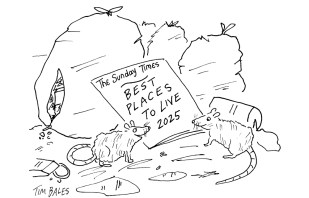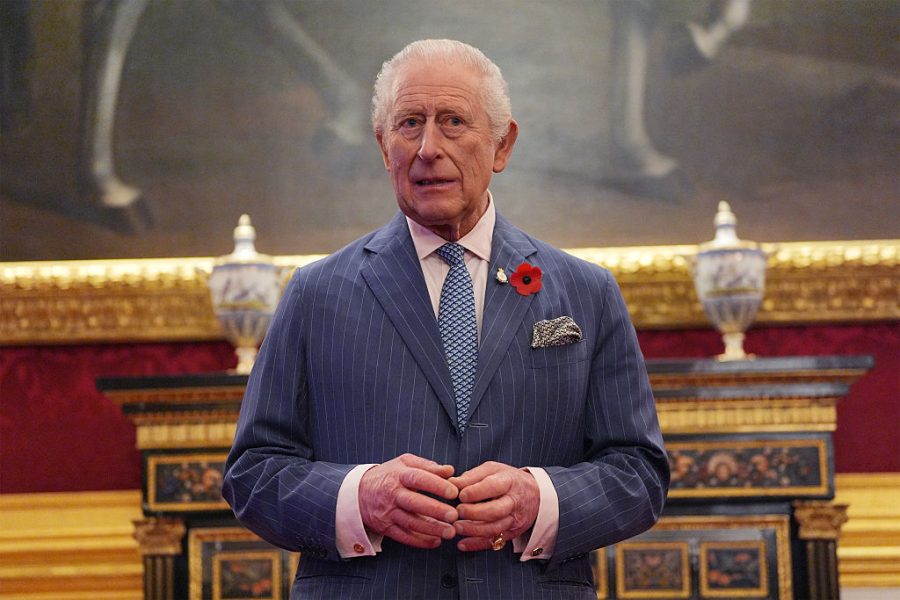
The world’s love affair with the Beatles began, arguably, with the release in October 1962 of the group’s first single ‘Love Me Do’, full-blown Beatlemania following hard on its Cuban heels. Will we still need them, will we still feed them, when they’re 64? The answer appears to be a resounding and remunerative yes. Beatlemania is for life, not just for Christmas.
Beatles books increasingly obtain to the condition of poetry, in that more people want to write them than read them. Yet still they keep appearing in bookshops. And every time a new volume about the group is published – like all those of sound mind, I have loved their music, films and minutiae since childhood – I ask myself: what is different about this one? Will it be in the style or the substance? What’s the angle? And then I read it anyway.
Ian Leslie’s angle is that John loved Paul and Paul loved John. In this he is consciously returning to a cornerstone of the Beatles myth laid in the 1960s: Lennon and McCartney were the genius duo at the heart of the Fab Four, i.e. the Talented Two plus the Other Two. The Beatles and those around them colluded in this version, the sole dissenting voice being George Harrison’s, whose contribution is duly marginalised here – the ‘unfortunate but unavoidable consequence of focusing on John and Paul’.
So what’s new, according to Leslie? ‘The gaps in the literature are perhaps now less about what happened than why,’ he writes, ‘and it was here that I felt I might contribute something.’ He carried out just one interview for John & Paul, preferring to immerse himself in Mark Lewisohn, Hunter Davies, Ian MacDonald et al. So either the wine is old but the bottle is new or something intoxicating and heady has been fermented.
Over the past decade or so there have been three significant developments in the ongoing global Beatlemania. In 2013, Tune In was published, the first volume of Lewisohn’s deeply researched biography of the group and its origins. In 2021 there was the instant karma of Peter Jackson’s epic documentary series Get Back; and two years after that came the release of a final Beatles single, ‘Now and Then’, which, quaintly, ‘topped the pop charts’ around the world. In different ways, Leslie’s book is indebted to them all.
The first third of John & Paul benefits greatly from the spadework done by Lewisohn. For anyone lacking the patience or stamina to plough through Tune In (what’s wrong with you?), Leslie summarises that book’s findings with astute editorial judgment and pace. At the other end of the race, Get Back reminded the world how the group communicated via music and humour, even when at a low ebb, and Leslie leans on this recent visual evidence to make his case for a John/Paul dialogue in song. But he comes into his own covering the period when the Beatles did themselves – i.e. from 1965 onwards. His account of the Lennon-McCartney dynamic is persuasive, and his analysis of the music is often superb:
‘Strawberry Fields Forever’ is finely poised between dream and nightmare. Its gauzy ambiguity is housed within a conventional structure – verse and chorus. The listener is oriented just enough to take pleasure in being lost… After it fades out, a segment of backwards music takes us by surprise, re-emerging from the silence before fading out again. The effect is of being passed by a band of chattering ghouls we have learnt to regard as harmless.
Of course, ‘a band of chattering ghouls we have learnt to regard as harmless’ may serve equally well as a description of the Beatles’ chroniclers themselves. In John & Paul, Leslie distinguishes himself among their number – the book is brisk, insightful and stylish – without necessarily offering the reader much they do not already know.

One reason we tell and retell ourselves the story of the Beatles – not for nothing was Paul interviewed beside a crackling campfire in the final episode of The Beatles Anthology TV series – is that it is a damn good one. And, as others have noted, every time we hear it, we hope things might just turn out differently. This yearning is at the centre of John & Paul. Leslie begins his ‘love story in songs’ with ‘Come Go with Me’, the Del-Vikings number Lennon was playing at Woolton village fete the first time McCartney clapped eyes on him. He closes it many years later with ‘Now and Then’, though perhaps wisely the latter does not get its own chapter. Instead, it is folded into a discussion of ‘Here Today’, McCartney’s beautiful elegy for his friend.
Suddenly the familiar story does not last a decade but a lifetime. Plus now it has a happy ending: John and Paul are in one another’s songs forever – a Hundred Acre Wood where the Beatles will always be playing. Those guys we met in Get Back still love each other.








Comments